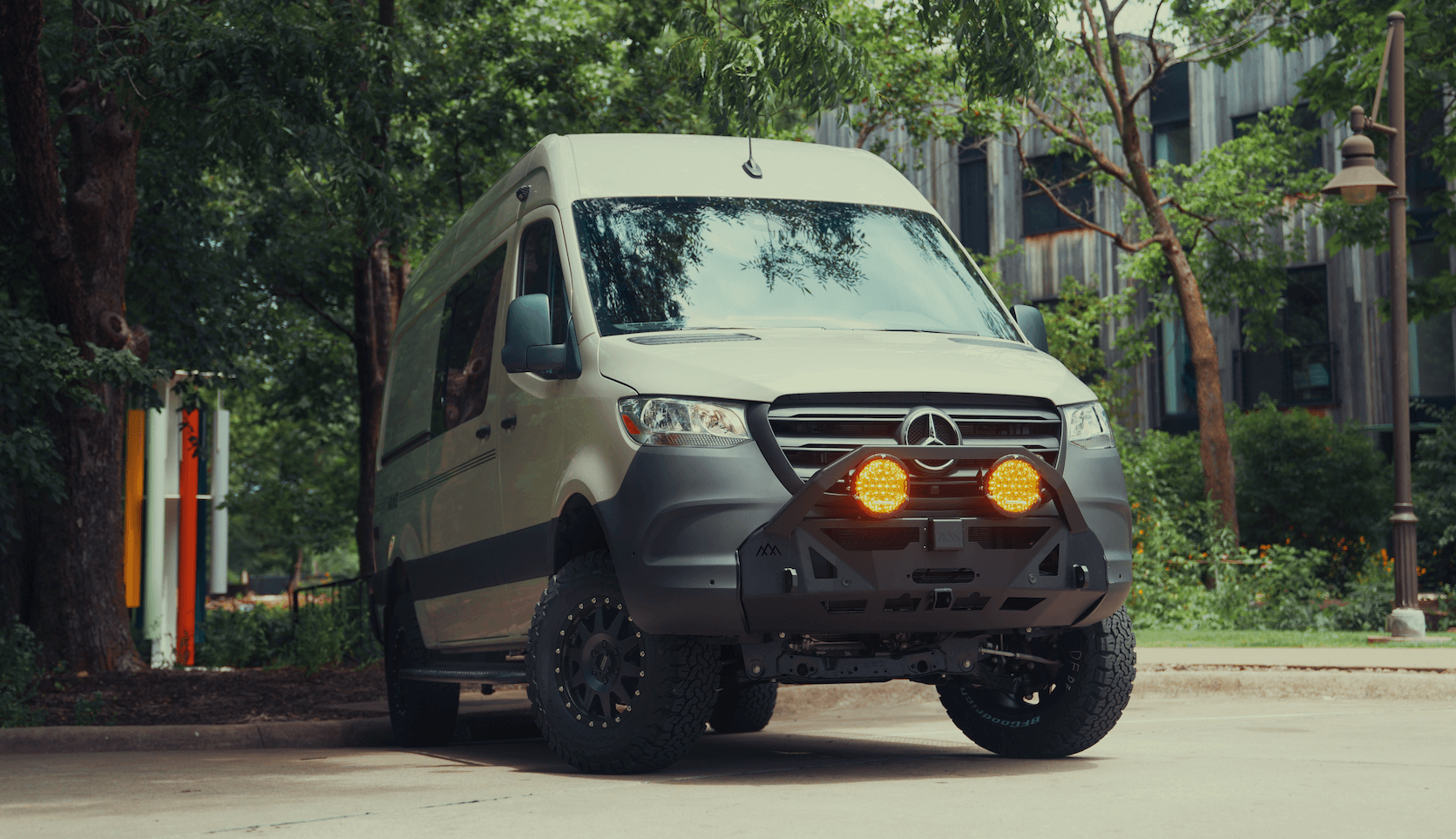Recreational Vans

Flow rate is a function of physics and water quality. Taller water columns create more head pressure, while multiple elements increase surface area. A pair of clean elements with clear source water can produce several liters per hour, which suits small families or small groups at base camp. If you draw from rivers or alpine lakes after storms, pre filtering through a cloth or a dedicated sediment stage helps maintain throughput and extends the life of the ceramic.
Third party testing brings clarity to claims. Look for certifications or testing against standards such as NSF or the EPA guide standard for microbiological water purifiers. Carbon performance is usually evaluated to standards for aesthetic effects and specific reduction claims like chlorine. Microbial performance should be specified with log reduction values for bacteria and protozoa.
Cleaning is part of the routine. As pores load with fine sediment and biofilm, you restore flow by gently scrubbing the outer ceramic surface with a clean scouring pad or brush under running water. Do not use soap on the ceramic. Rinse thoroughly and reassemble the system. Avoid freezing, which can crack the element, and avoid drops that could create micro fractures.
Before first use, rinse the lower chamber and spigot, then assemble the unit on a level surface. Wash hands before handling the clean side. If the element has a carbon core, prime as instructed by running water through until the first batches run clear and tastes neutral. Keep the lid in place to prevent airborne dust. Label a dedicated fill container so you never dip the spigot into the raw water.
Ceramic alone is a mechanical barrier. If your risk profile includes viral contamination, pair the ceramic stage with a downstream purifier such as a chemical purifier, a dedicated viral rated media stage, or UV treatment. For stubborn dissolved contaminants, specialized media targeted at heavy metals or pesticides may be necessary. In coastal travel or saline environments, only desalination technology addresses salt.
Element lifespan is often rated by total gallons rather than months. Track usage and clean when flow slows noticeably. Sanitize the lower chamber periodically with a mild bleach solution, then rinse thoroughly. Replace worn gaskets and spigots as needed. Maintain separation between the raw water container and the clean chamber to prevent cross contamination during refills.
When space moves with you, size and stability matter. Stainless steel bodies are durable and easy to sanitize. Food grade polymer bodies are lighter and quieter in transit. Capacity should match your group size and refill cadence. A two to three gallon clean reservoir gives breathing room for cooking and drinking between refills for most pairs or small families. Larger groups benefit from multiple elements and larger reservoirs.
Think through integration with other water stages in a mobile system. A simple and effective chain for many travelers is intake pre filtration at the source, ceramic gravity filtration in camp or inside the vehicle, and an optional final stage at the tap such as carbon polishing or UV for added assurance. Mount or secure the unit when on the move, then deploy it on a level counter or slide out when parked. Keep a spare element in a padded container to avoid damage during long trips.
In daily use, plan a refill schedule that matches your morning and evening routines. Fill the upper chamber after breakfast and before bed so gravity can work while you are focused on other tasks. Wipe the lid and rim regularly, keep a dedicated towel for the spigot area, and store the unit dry if it will sit unused for a stretch. Water quality is a system, not a single part, so your habits matter as much as your hardware.
For travelers who want their water system built into the rig with proper plumbing, secure storage, and wiring for UV sterilization or pumps where needed, a professional build brings order and reliability. That is where an integrated approach to filtration, storage, and distribution inside a vehicle shines.
At OZK Customs, we design and build adventure ready vans and overland rigs that make safe water simple. Our team can spec ceramic gravity setups into galleys or pair them with onboard tanks, pre filters, carbon polishing, and UV so you can fill from a wider range of sources with confidence. We test fit components, secure them for travel, and route lines so maintenance is straightforward. If you are planning a custom interior, we can allocate counter space, create protected storage for elements, and design a refill flow that suits how you camp and cook. We build in Fayetteville Arkansas and support clients who travel nationwide.
Ready to turn clean water into a painless routine on the road
Our focus is simple. We build vans and overland vehicles that work in the real world. That includes safe water, smart storage, and clear handoffs at Adventure Point so you know exactly how your system runs before you roll out.
Contact us today. We will map your travel style, size your filtration, and tailor a system that keeps you hydrated and cooking without second guessing your source.
Dial in safe water on every trip. Tell us how you travel, and our team will design a van or overland rig with the right filtration, storage, and plumbing to match. Submit the form and get a custom water plan from OZK Customs.
ADDRESS:
6159 E Huntsville Rd, Fayetteville, AR 72701
PHONE:
(479) 326-9200
EMAIL:
info@ozkvans.com